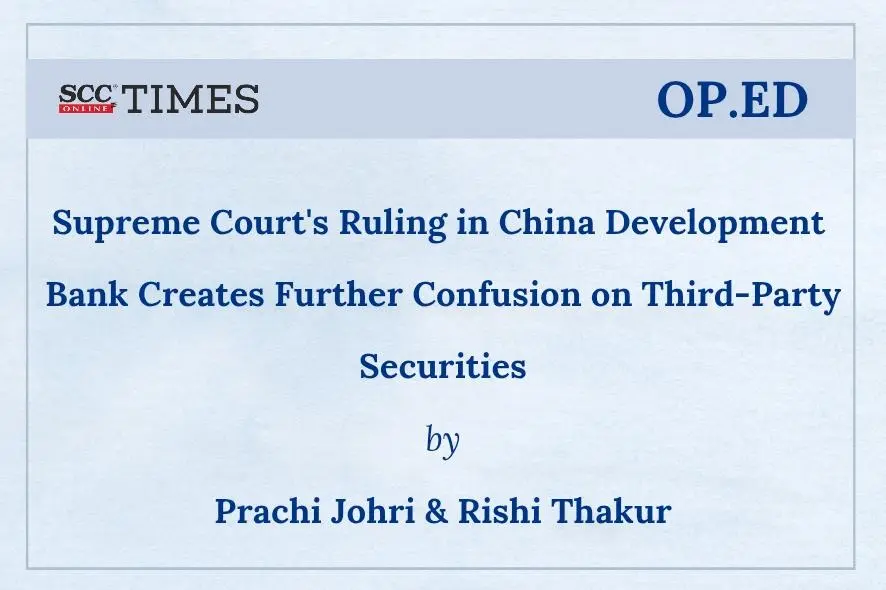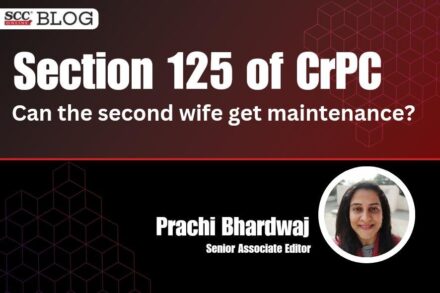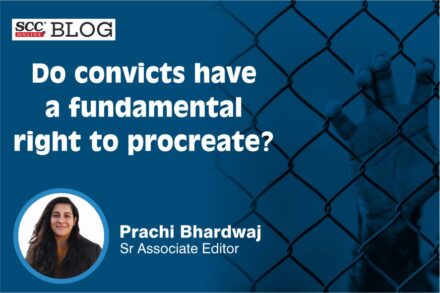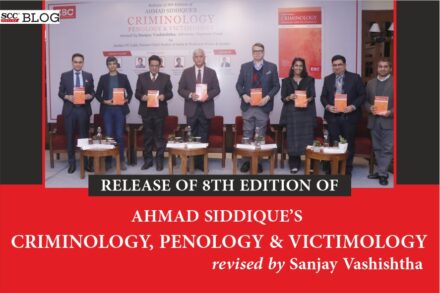Introduction
The Supreme Court in China Development Bank v. Doha Bank QPSC1 relied on a clause of a deed of hypothecation to rule that the obligor’s liability under the deed amounts to a guarantee, and thus a financial debt under the IBC2 (Insolvency & Bankruptcy Code, 2016). This judgment on third-party securities fails to consider the Jaypee Infratech3 judgment.
Simply put, the Court in Jaypee Infratech4 ruled that a mortgage created by a third-party security provider to secure a borrower’s loan cannot be treated as a guarantee without a separate deed of guarantee. The Court concluded that a creditor cannot be classified as a financial creditor under the IBC relying only on a mortgage deed — a person who has a security interest over only the assets of a corporate debtor is not a financial creditor of such corporate debtor under the IBC. Jaypee Infratech5 was followed in Phoenix ARC (P) Ltd. v. Ketulbhai Ramubhai Patel6, pledge of shares by a third-party pledgor is not financial debt under the IBC if not supported by a guarantee deed. Thus, obligations arising (solely) from mortgages and pledges by third parties (not borrowers) cannot be financial debts under Section 5(8) of the IBC7 in the insolvency of such third parties.
In this context, the China Development Bank judgment8 appears to be flawed for two reasons: first, it fails to clarify if a debt arising solely from a third-party security, such as hypothecation or mortgage, is a financial debt under the IBC. If yes, then how can Jaypee Infratech9 and Phoenix ARC10 be differentiated? This is critical because all three judgments (Jaypee Infratech11, Phoenix ARC12 and China Development Bank13) are two-Judge Bench rulings. Second, a deed of hypothecation is a document that creates a security interest over the assets of a hypothecator. In the absence of an apparent intention in the document, which appears to be lacking in the facts of China Development Bank14, can the liability of a hypothecator be extended? The hypothecators secured their assets i.e. their liability under the deed does not exceed the value of their assets. That said, if the hypothecators are the guarantors (as the ruling concludes), their liabilities extend to the entire default amount.
We take a brief look at this issue and on the China Development Bank judgment15.
Brief facts
The facts of China Development Bank16 are simple. Reliance Infratel Limited (“RIL” or “CD”) was admitted for insolvency resolution process under the IBC. Reliance Communications Infrastructure Limited (RCIL), Reliance Telecom Ltd. (RTL) and RIL secured the RCIL, and RTL’s loans provided by the creditors (the appellants before the Court) by a deed of hypothecation. The appellants (also the creditors) are not the direct lenders of RIL.
The hypothecation deed creates a charge over RCIL, RTL, and RIL’s properties. RIL’s resolution professional considered the creditors to be its financial creditors. Doha Bank challenged this, claiming that they are not the direct lenders of RIL and thus are not RIL’s financial creditors.
The National Company Law Tribunal (NCLT), Mumbai ruled for the creditors and upheld their classification as the RIL’s financial creditors. The National Company Law Appellate Tribunal (NCLAT), in appeal, set aside the NCLT’s order17 and ruled that the deed of hypothecation only creates charge over the assets, the hypothecators are not the guarantors under the hypothecation deed. The NCLAT‘s position is correct and in line with the existing jurisprudence. But the Supreme Court overturned the NCLAT‘s ruling.18
The flaw in the Supreme Court’s interpretation
The Court in China Development Bank19 observes (and rightly so) that the title of a document is not the decisive factor in determining its nature or the transactions affected by such document — no disagreement on this. Simply because the title of an instrument is “hypothecation deed” and that itself is not a deciding factor about its nature, the Court must look at the document wholly — not a sentence or paragraph.
After observing as above, the Court relies on the last part of Clause 5(iii) of the deed of hypothecation to conclude that RIL’s (the CD here) liability extends to any shortfall after the sale of the hypothecated assets. In short, RIL agreed to discharge the liabilities (i.e. any shortfall in the debt amount after the sale of the hypothecated assets) of third parties (RCIL and RTL) under the hypothecation deed, and therefore, in terms of the last part of Clause 5(iii) RIL’s liability is a guarantee. The Court thus concludes that the creditors (the beneficiaries under the hypothecation deed) are the financial creditors of RIL. For ease of reference, the part relied by the Court is provided here:
45. … Each of the chargors further agrees to accept the security trustee’s account of sales and realisations as sufficient proof of amounts realised and relative expenses and to pay on demand by the security trustee and/ or the receiver any shortfall or deficiency thereby shown.20
The Court’s reliance on one part of Clause 5(iii) of the deed of hypothecation to conclude is flawed for two reasons. First, the clause (at least a simple reading of it) is unclear if the “shortfall” is with respect to the security trustee’s expenses under the hypothecation deed or the entire debt secured by the hypothecation. The language is ambiguous. Second, even if the language is clear, the Court fails to substantiate its conclusion with other clauses of the hypothecation deed. No other clause of the hypothecation deed supports the Court’s conclusion that RIL agreed to discharge the liabilities of the third parties. A document must not be read in isolation, more so when the effect of such reading changes the characteristics of the document.
The Court’s interpretation is bound to create challenges for other banking and finance instruments, such as letter of comfort or undertaking, which are not in the nature of a guarantee but a contractual comfort.
The other flaw in the judgment is that it fails to establish how the Supreme Court’s rulings in Jaypee Infratech21 and Phoenix ARC22 are different on facts. In our view, the facts are same. In Jaypee Infratech23, the Court’s position was that a person with a security interest over only the assets of a corporate debtor cannot be its financial creditor. The only instrument between the parties in the China Development Bank judgment24 is the hypothecation deed. The deed of hypothecation creates a charge over the assets of a company and nothing else — this is why a hypothecation deed is registered with the Registrar of Companies under Section 77 of the Companies Act, 201325, a deed of guarantee need not be registered. The Supreme Court overlooks these aspects.
Conclusion
Three years ago, the Jaypee Infratech26 ruling disrupted the banking system. The Supreme Court had a good opportunity to clarify the law on third-party securities, it failed to do so. The Court’s interpretation of the deed of hypothecation in fact creates more challenges.
Also, both China Development Bank27 and Jaypee Infratech28 are two-Judge Bench rulings. Ideally, the Supreme Court should have referred this controversy to a larger Bench because of difference in the views.
*LLB (NALSAR University of Law, Hyderabad) & LLM (London School of Economics and Political Science, London), Advocate-on-Record, Supreme Court.
**LLB, Hidayatullah National Law University, Raipur. He has more than 10 years’ experience in insolvency, arbitration, and banking. He practices in Bombay.
2. Insolvency and Bankruptcy Code, 2016.
7. Insolvency and Bankruptcy Code, 2016, S. 5(8).
17. Doha Bank v. Anish Nanavaty, 2021 SCC OnLine NCLT 416.
18. Doha Bank Q.P.S.C. v. Anish Nanavaty, 2022 SCC OnLine NCLAT 4329.
20. China Development Bank, 2024 SCC OnLine SC 3829.







